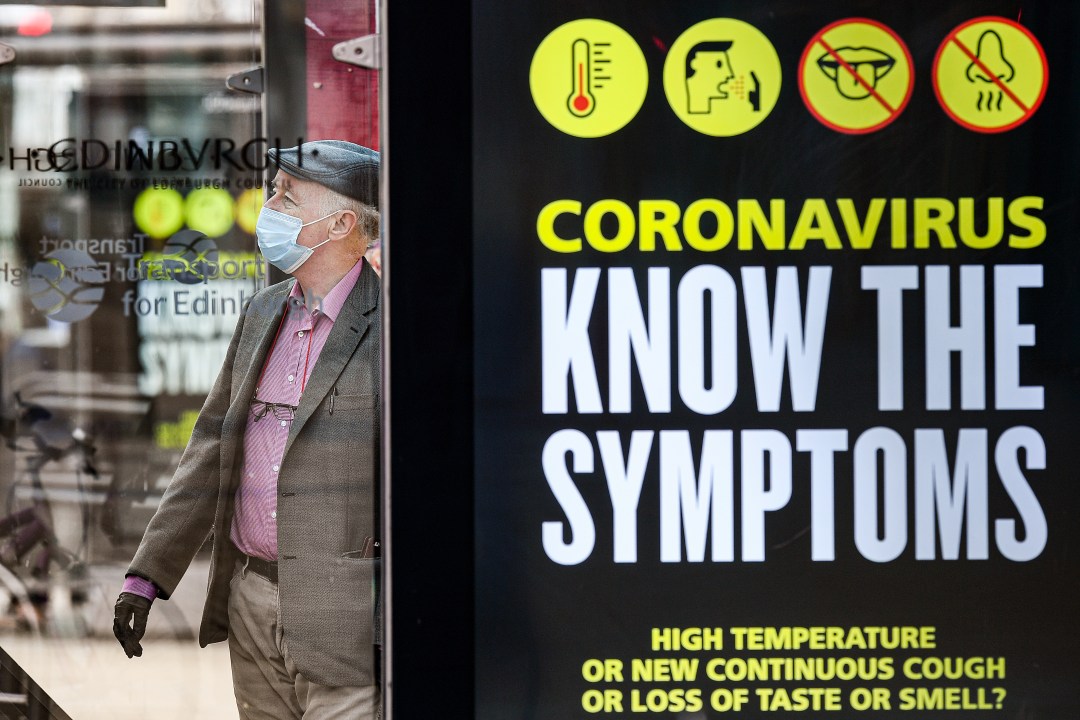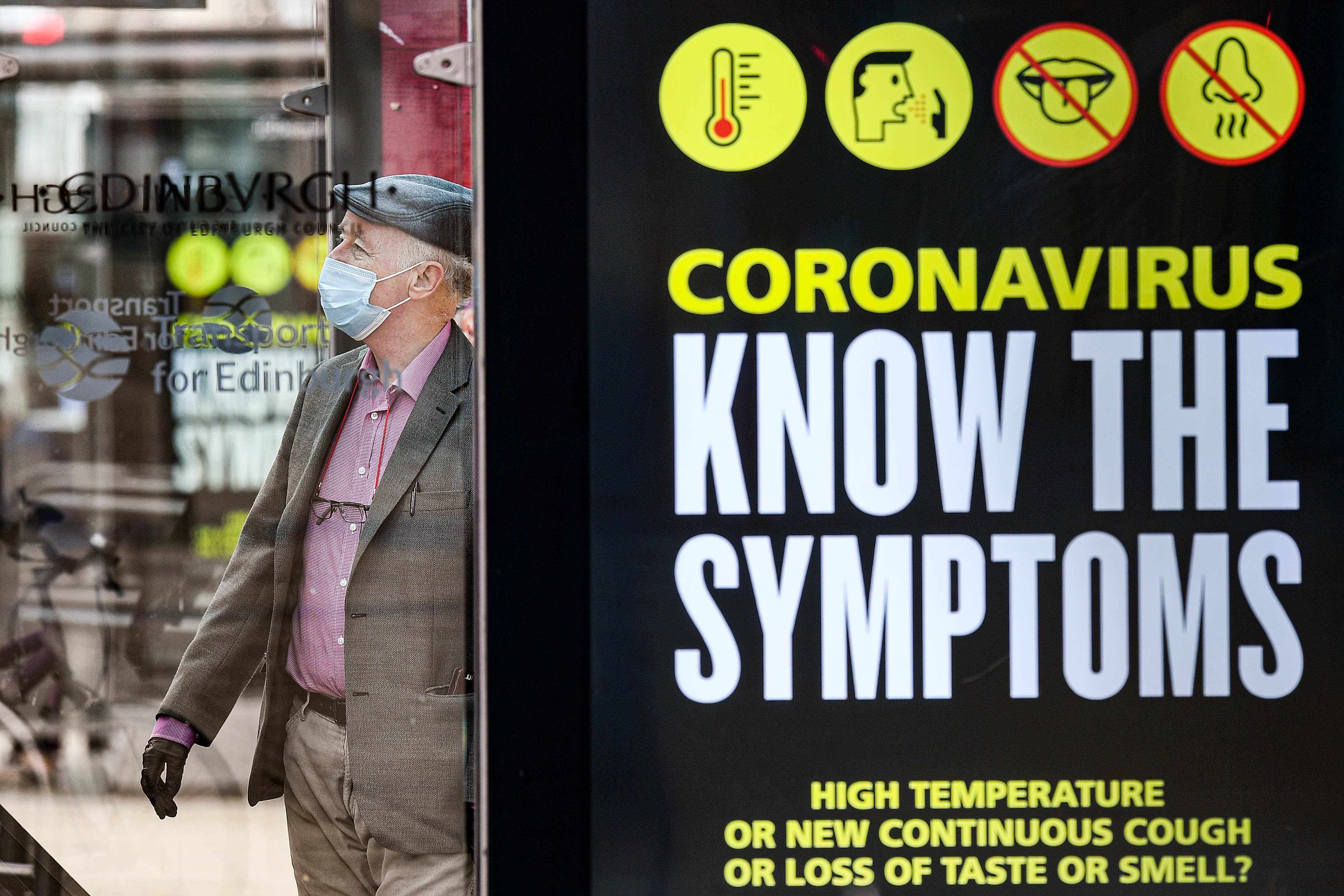Cynics might wonder whether the timing of Matt Hancock’s announcement this morning that the Covid alert level is to be reduced from four to three is an attempt to deflect the government’s embarrassment from the failed test and trace app. The cynics may well be right with the timing (although the decision is ultimately in the hands of the Chief Medical Officer, Chris Whitty, and his counterparts in Scotland, Wales and Northern Ireland). But more to the point: why was the alert level still at four when, by the government’s own definition, it should have been at three, and why is it now not being reduced to two? These are the Covid alert levels as described by the government:
5. As level 4 and there is a material risk of healthcare services being overwhelmed
4. A Covid-19 epidemic is in general circulation; transmission is high or is rising exponentially
3. Covid-19 is in general circulation
2. Covid-19 is present in the UK but the number of cases and transmissions is low
1. Covid-19 is not known to be present in the UK
The number of new Covid infections has not been rising exponentially since the middle of March. On the contrary, since April it has been falling exponentially, halving approximately every fortnight. Between 3 May and 16 May, according to the ONS estimate, 149,000 people in England had the disease at some point. Between 31 May and 13 June, this fell to 33,000. Nor can infection levels in the community be reasonably defined as being ‘high’ or as being in ‘general circulation’. In the first half of June, according to the ONS’s infection survey pilot, one in 1,700 people in the community at any one time were infected with Covid-19.
To illustrate that figure, imagine getting on a packed commuter train (if such things still existed) with 400 passengers on board. There would be a one in four chance that a single passenger on that train was infected with the virus. In practice, it would be lower than this because at least some of those who are infected will have symptoms and will be isolating at home.
Or take a large secondary school with 1,500 pupils. Still, there is a greater than evens chance that not a single pupil will have the virus (and even if they did there is research to say they would be highly unlikely to pass it on – an Icelandic study tracking every case in the country failed to find a single example where a child had passed the infection onto their parents). Is that really a disease that is ‘in general circulation’? You certainly wouldn’t call a cold, or flu, in general circulation if it were failing to infect a single pupil in a large school.
As to the courses of action associated with various alert levels, the government defined the response to level three as a ‘gradual relaxation of restrictions and social distancing measures’. It should, therefore, have no problem whatsoever relaxing the standard social distancing rules from two metres to one metre – a level that would allow bars and restaurants to reopen.








Comments